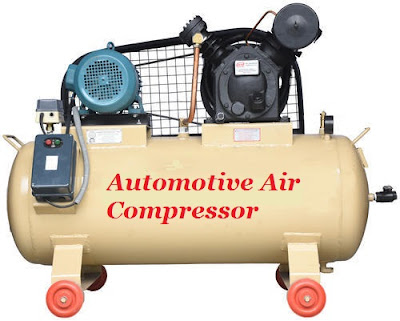Steering system and Servicing
Steering system A steering linkage is the part of an automotive steering system that connects to the front wheels. Steering linkages consist of drag link (pitman arm), tie rod, ball joint, end joint, arm assembly, torsion bar, steering shock absorber, bushes of steering axis, steering arm and stub axle. Regular Inspection of steering linkage is necessity to maintain safety and control of the vehicle. If it is ignored, it may cause fatal accident. Inspection of steering linkages Lift the front portion of the car/vehicle, Turn the steering from one end to another end, Check for noise and binding in-steer, If the binding is traced, Remove the drag link connection from steering gear box, Now rotate the steering gear box in both the direction and trace for the binding. If the binding is noticed then it probably lies in the steering gear box If the binding is not traced in steering gear box then problem is in steering linkage, Check the ball joint/bu...







Comments
Post a Comment